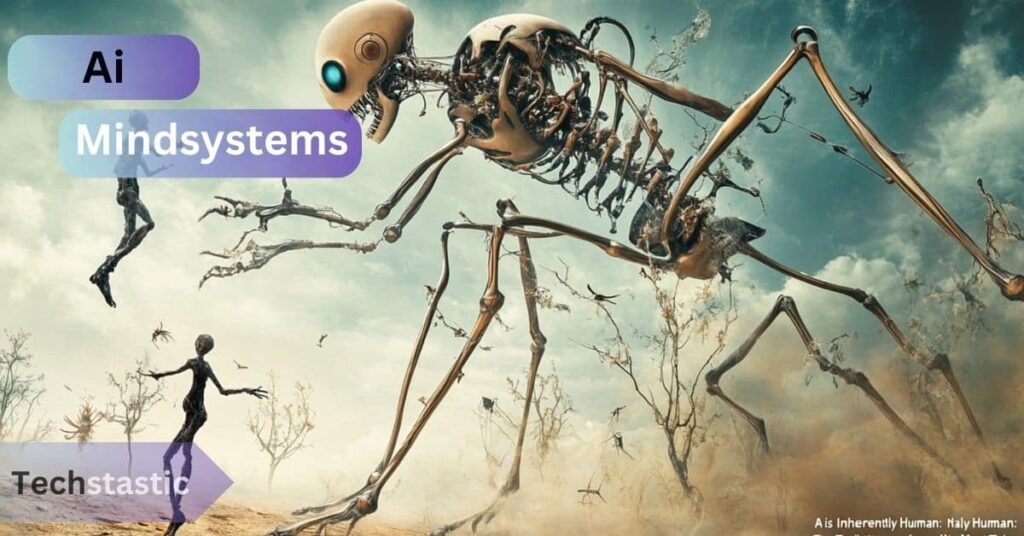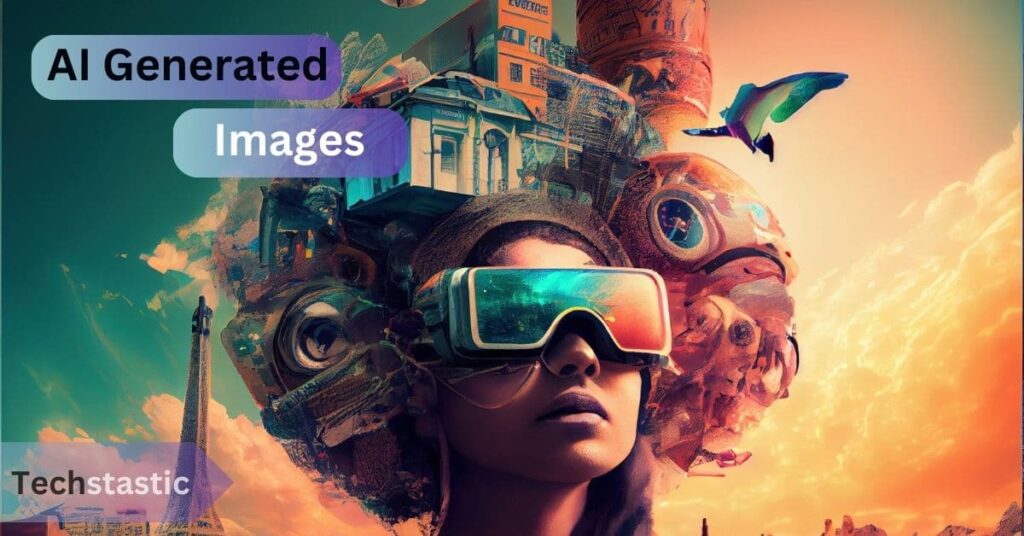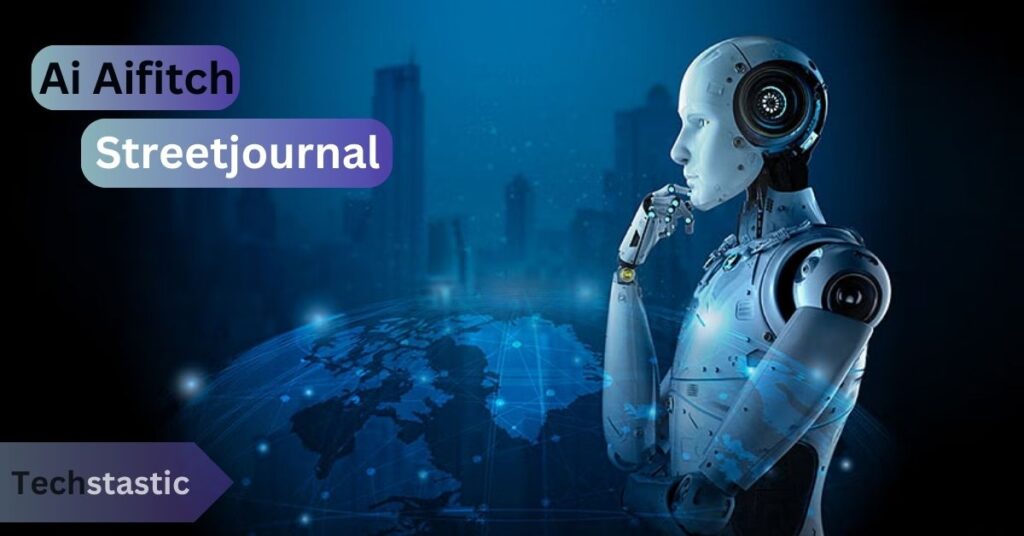Character AI, often referred to as “Character Artificial Intelligence,” is a growing field that uses machine learning to create virtual characters capable of interacting with humans in realistic ways. These AI-driven characters are designed to perform a range of tasks, from entertainment and gaming to education and customer service. The goal is to mimic human conversation and behavior, allowing users to engage with virtual characters as if they were real people.
In this article, we’ll dive deep into what Character AI is, how it works, its applications, the benefits and challenges, and what the future holds for this exciting technology. Whether you’re new to the concept or looking to expand your understanding, this guide will provide insights beyond the surface.
What Is Character Ai?
Character AI refers to artificial intelligence systems that are designed to simulate human-like characters. These characters can be virtual assistants, gaming avatars, educational tutors, or even AI chatbots designed to provide emotional support. The purpose of Character AI is to create a natural and engaging interaction between users and the AI characters, making the experience feel as close to human conversation as possible.
Character AI is becoming increasingly popular in several industries, including entertainment, education, and customer service. These systems often use Natural Language Processing (NLP) and deep learning to understand and respond to human input, giving them the ability to “think” and “act” like humans.
Related Terms:
- Conversational AI: AI systems that communicate in natural language.
- Chatbots: Text-based AI systems that can have conversations with users.
- Virtual Characters: Digitally created personalities that interact with users.
How Does Character Ai Work?
Character AI relies heavily on a combination of machine learning, deep learning, and natural language processing (NLP). Here’s a simple breakdown of how it works:
1. Machine Learning:
Machine learning is the foundation of Character AI. These AI systems are trained on large datasets to recognize patterns in human conversation. Over time, they learn how to respond appropriately to different types of input. This learning process allows Character AI to continuously improve as more data is fed into the system.
2. Natural Language Processing (Nlp):
NLP enables Character AI to understand human language in a nuanced way. It processes the user’s words, breaking down the syntax, semantics, and context to generate appropriate responses. This is why some AI characters can understand and reply with humor, empathy, or logic.
3. Deep Learning:
Deep learning algorithms are used to improve the AI’s ability to recognize patterns in more complex conversations. These systems can analyze not only words but also the tone, emotional context, and even subtle cues like sarcasm. This helps make interactions with Character AI more engaging and human-like.
4. Human-Like Responses:
Character AI systems are programmed to mimic human conversation patterns. They use predefined rules and learning models to generate responses that align with human thinking. For example, AI characters can:
- Ask follow-up questions.
- Offer helpful suggestions.
- Recognize emotional states.
- Respond in ways that feel organic and spontaneous.
Key Applications Of Character Ai
Character AI is a versatile technology, and its uses are expanding into a variety of fields. Let’s take a look at some key areas where Character AI is making a significant impact.
1. Ai In Gaming:
In video games, AI characters are used to enhance the gaming experience. NPCs (Non-Playable Characters) powered by AI can adapt to the player’s actions, making games more challenging and interactive. AI in gaming allows for:
- Dynamic storylines: Characters react based on the player’s choices.
- Improved enemy tactics: AI enemies learn from the player’s strategies and adjust their behavior.
- Companion characters: Virtual allies that assist players intelligently during gameplay.
2. Ai In Virtual Assistants:
AI characters serve as virtual assistants that help users perform tasks, answer questions, and manage daily activities. Common examples include:
- Siri (Apple):
- Alexa (Amazon):
- Google Assistant These assistants are capable of managing schedules, providing information, and even engaging in casual conversation.
3. Ai In Customer Service:
Businesses are using Character AI to improve customer service. AI chatbots provide quick responses to customer inquiries and can handle multiple conversations at once. This improves efficiency while reducing wait times. Some benefits include:
- 24/7 availability.
- Consistent, accurate responses.
- Reduced operational costs.
Character Ai In Entertainment
One of the most exciting uses of Character AI is in entertainment, where AI characters bring new levels of engagement to films, TV shows, and interactive media. Virtual actors, holographic performers, and AI-driven storylines are becoming more common, opening up new possibilities in storytelling.
1. Ai-Generated Characters:
Some films and video games now feature characters that are completely generated by AI. These characters are designed to adapt to different scenarios, making every user experience unique. This trend is especially popular in virtual reality (VR) and augmented reality (AR) applications, where AI characters can respond to a user’s movements and speech in real-time.
2. Ai In Streaming Platforms:
AI-powered recommendation engines on platforms like Netflix and Hulu help users find shows and movies that match their preferences. These platforms analyze user behavior, using AI to recommend personalized content that feels tailored to individual tastes.
Character Ai In Education
Education is another area where Character AI is making a big impact. AI tutors and teaching assistants can provide personalized instruction, helping students learn at their own pace.
1. Virtual Tutors:
AI characters can serve as virtual tutors, offering one-on-one lessons to students. These tutors are designed to adapt their teaching style based on the learner’s progress. They can:
- Explain complex topics in simple terms.
- Offer personalized feedback.
- Track student progress over time.
2. Language Learning:
Character AI is also being used in language learning apps, such as Duolingo, where AI characters engage users in real conversations, helping them practice speaking and listening skills in a new language.
The Future Of Ai-Powered Characters
The future of Character AI is bright, with innovations on the horizon that will take virtual characters to the next level. Here are some trends to watch for:
1. Hyper-Realistic Characters:
Advancements in graphics and AI technology are leading to the development of hyper-realistic virtual characters. These characters will not only look human but will also be able to engage in more sophisticated conversations, making it hard to distinguish them from real people.
2. Emotional Ai:
Future AI systems will be able to better understand and respond to human emotions. By analyzing facial expressions, tone of voice, and other emotional cues, AI characters will be able to offer more empathetic responses and provide emotional support in a way that feels authentic.
3. Cross-Platform Characters:
Character AI will become more integrated across platforms. For example, a virtual assistant in your car might also be able to manage tasks on your smartphone, TV, and smart home devices, creating a seamless user experience.
Benefits Of Character Ai
Character AI offers numerous benefits across different industries. Here are some of the key advantages:
1. Enhanced User Experience:
AI characters make interactions more engaging and personalized. Whether it’s in gaming, customer service, or education, users enjoy a more immersive experience when interacting with virtual characters.
2. Cost-Effective Solutions:
In business settings, AI characters reduce the need for human employees in roles like customer service, which can lower operational costs and increase efficiency.
3. Continuous Learning:
Character AI systems are always learning from interactions, which means they get better over time. This continuous improvement leads to smarter, more capable AI characters that can handle increasingly complex tasks.
Challenges In Developing Character Ai
While Character AI is a powerful tool, it also comes with challenges. Developers face several obstacles in creating AI systems that are truly human-like:
1. Complexity Of Human Language:
Human language is incredibly complex, and teaching AI to understand and respond appropriately to all variations is difficult. Factors like slang, regional dialects, and emotional context can make this even more challenging.
2. Ethical Considerations:
As AI characters become more lifelike, ethical questions arise. Should AI characters be allowed to replace human interaction in fields like therapy or education? How do we ensure that these systems are used responsibly?
3. Data Privacy:
Character AI relies on large datasets to function, and this raises concerns about data privacy. Companies must ensure that user information is protected and not used inappropriately.
FAQ’s
1. What Is Character Ai?
Character AI is a form of artificial intelligence that creates virtual characters capable of human-like conversation and behavior. These AI-driven characters can be used in gaming, education, customer service, and more.
2. How Does Character Ai Work?
Character AI works by using machine learning, deep learning, and natural language processing (NLP) to understand and respond to human input. It analyzes the user’s words and behavior to generate appropriate, human-like responses.
3. What Are Some Examples Of Character Ai?
Examples of Character AI include NPCs in video games, virtual assistants like Siri and Alexa, and AI-driven customer service chatbots.
4. Can Character Ai Understand Emotions?
Yes, many advanced Character AI systems are designed to recognize and respond to human emotions. This is done by analyzing tone of voice, word choice, and other cues to determine the emotional state of the user.
5. What Industries Use Character Ai?
Character AI is used in a wide range of industries, including gaming, entertainment, education, customer service, and healthcare.
Conclusion:
Character AI is revolutionizing the way we interact with technology. As these AI systems continue to evolve, we can expect to see even more sophisticated virtual characters that can engage with us in deeper, more meaningful ways. Whether for fun, education, or business, Character AI is set to become an integral part of our daily lives.



